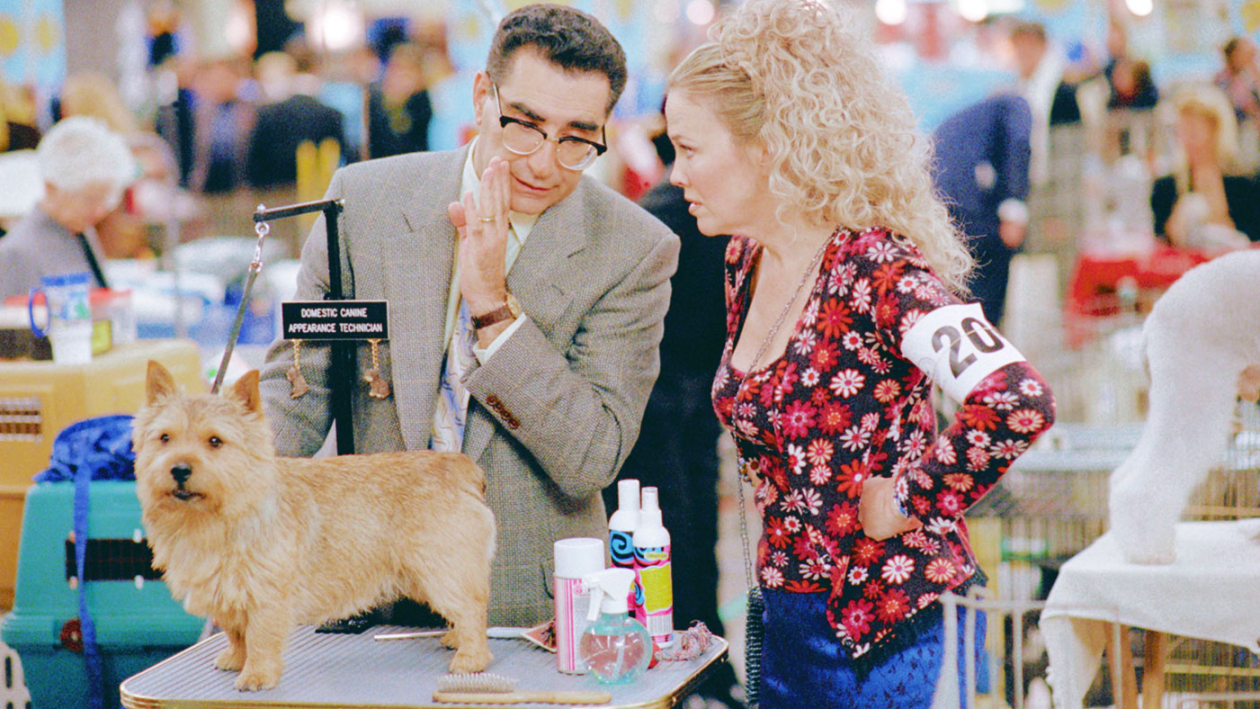In the realm of journalism, few titles carry as much prestige as The New York Times (NYT). Known for its comprehensive reporting and cultural commentary, the NYT has coined various thematic features over the years, one of which is the iconic “Best in Show.” This feature celebrates excellence, whether in the world of arts, literature, cinema, or even canine competitions. In this article, we’ll explore the origins, evolution, and significance of “Best in Show” in the context of The New York Times, examining why it remains a benchmark for quality and recognition.
What Does “Best in Show” Mean?

The phrase “Best in Show” originates from the world of competitive dog shows, where it denotes the top prize awarded to the most outstanding dog among all categories. Over time, the term has transcended its original context, becoming a broader cultural reference to denote excellence and the epitome of achievement in any field. When The New York Times adopts this term, it serves as a spotlight on the best of the best, highlighting stories, works, or achievements that stand out for their unparalleled quality.
The New York Times’ Use of “Best in Show”

The NYT has a long tradition of curating lists, rankings, and reviews that set cultural standards. From its annual “Best Books” lists to its celebrated movie reviews, the publication’s “Best in Show” pieces represent the pinnacle of editorial expertise. These features are meticulously crafted, often combining critical analysis, reader engagement, and industry insights.
The essence of NYT’s “Best in Show” articles lies in their ability to:
- Highlight Excellence: They focus on identifying and celebrating work that exemplifies creativity, innovation, and impact.
- Set Benchmarks: By curating the best in various fields, the NYT influences public opinion and industry standards.
- Foster Discovery: Readers often look to these features to discover new favorites, be it a novel, film, or cultural phenomenon.
The Evolution of “Best in Show” Features
Over the years, The New York Times has expanded its “Best in Show” concept across various sections, reflecting changing cultural landscapes and audience interests. Let’s explore its manifestations in different domains:
- Arts and Entertainment:
- In film and theater, “Best in Show” often recognizes groundbreaking performances, innovative direction, or compelling storytelling. NYT critics have a reputation for being both discerning and influential, making their selections highly anticipated.
- In music, the feature highlights standout albums, performances, or trends that define the year.
- Literature:
- The NYT Book Review’s “Best Books of the Year” is a literary counterpart to “Best in Show.” These lists not only spotlight exceptional writing but also shape the careers of authors and guide readers.
- Lifestyle and Culture:
- From food and fashion to technology and travel, the NYT’s “Best in Show” pieces in these categories often double as cultural barometers, capturing trends and innovations.
- Unconventional Applications:
- The NYT has occasionally applied the “Best in Show” lens to niche topics, such as memorable moments in sports or outstanding episodes in television series. These features exemplify the versatility of the concept.
How “Best in Show” Influences Readers and Industries
The “Best in Show” accolade isn’t just a badge of honor; it’s a catalyst for influence. Here’s how it resonates:
- Cultural Impact: Being featured as “Best in Show” in The New York Times can significantly elevate a work’s status. For example, a film or book highlighted by the NYT often sees a surge in popularity, critical acclaim, and commercial success.
- Industry Recognition: Creators and industry professionals regard a mention in the NYT as a hallmark of achievement. It’s not uncommon for awards campaigns or marketing efforts to prominently feature NYT accolades.
- Reader Trust: The NYT’s reputation for rigor and impartiality means readers trust its “Best in Show” features as reliable recommendations. This trust fosters loyalty and engagement among its audience.
Memorable “Best in Show” Moments

Some of the most iconic “Best in Show” features by The New York Times have left an indelible mark on cultural history. Here are a few standout examples:
- Film and Television: The NYT’s annual lists of top films and television shows are eagerly awaited by cinephiles and creators alike. These features often spotlight emerging talent and trends, shaping conversations around awards season.
- Books: The “Best Books” lists have introduced readers to timeless classics and hidden gems. Many authors credit their NYT mentions as pivotal moments in their careers.
- Canine Competitions: While not a regular feature, the NYT’s coverage of the Westminster Kennel Club Dog Show often includes a nod to the original “Best in Show,” blending lighthearted commentary with cultural observation.
Criticism and Challenges
Despite its prestige, the “Best in Show” concept is not without its critics. Some common points of contention include:
- Subjectivity: Critics argue that rankings and accolades are inherently subjective, influenced by personal preferences and cultural biases.
- Exclusivity: By focusing on the “best,” these features may inadvertently overshadow other deserving works or voices, particularly from underrepresented communities.
- Commercial Implications: The association with NYT’s “Best in Show” can create disproportionate attention, skewing market dynamics in favor of highlighted works.
The Future of “Best in Show” at The New York Times

As The New York Times continues to evolve in the digital age, its “Best in Show” features are likely to adapt to new platforms and audience expectations. Some potential developments include:
- Interactive Features: Integrating multimedia elements, such as videos, podcasts, or interactive polls, could enhance reader engagement and bring “Best in Show” to life.
- Broader Inclusivity: Expanding the scope of “Best in Show” to include more diverse voices and perspectives would reflect the growing emphasis on representation in media.
- Global Reach: With an increasingly international readership, the NYT could spotlight excellence from across the globe, offering a more holistic view of cultural achievements.
Conclusion:
The New York Times’ “Best in Show” features are more than just lists or accolades; they’re cultural touchstones that celebrate excellence, shape tastes, and influence industries. Whether highlighting a groundbreaking film, an unforgettable book, or an exceptional canine champion, “Best in Show” remains a testament to the NYT’s enduring commitment to quality and cultural leadership.
As we look to the future, the legacy of “Best in Show” will undoubtedly continue to evolve, reflecting the dynamic and diverse world it seeks to capture. For readers and creators alike, it represents the pinnacle of recognition, a standard of excellence that inspires and unites.



